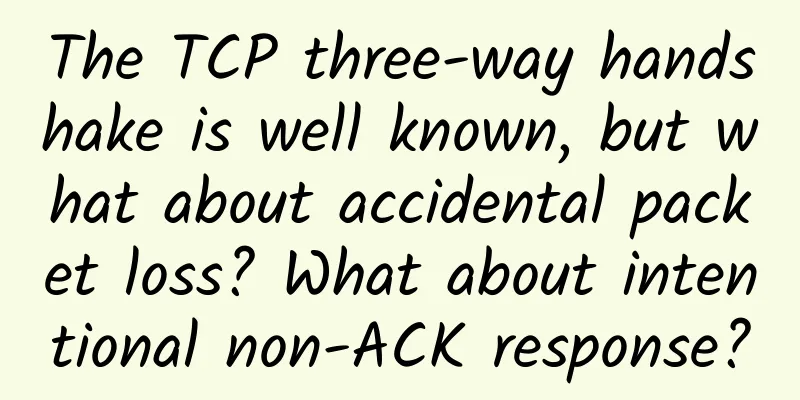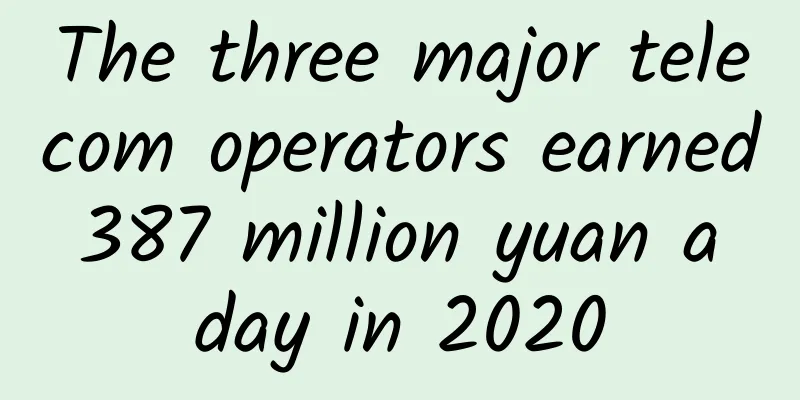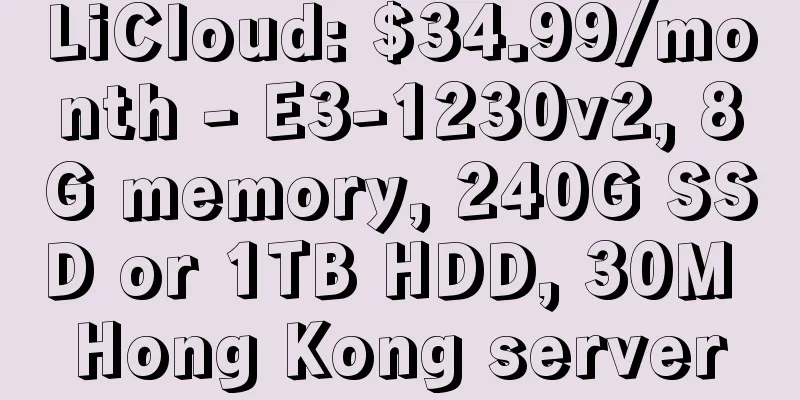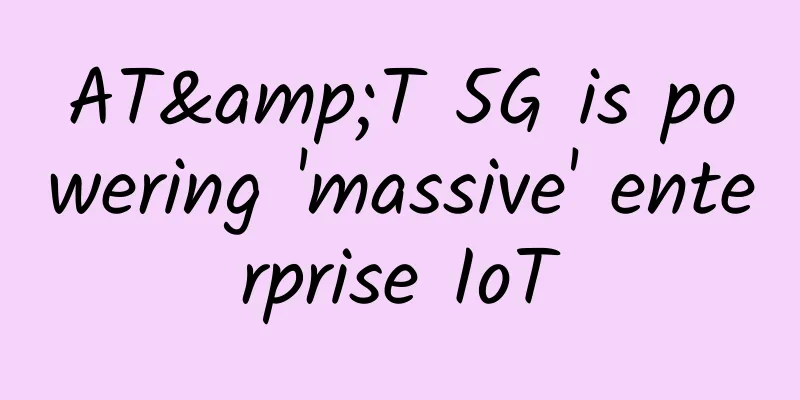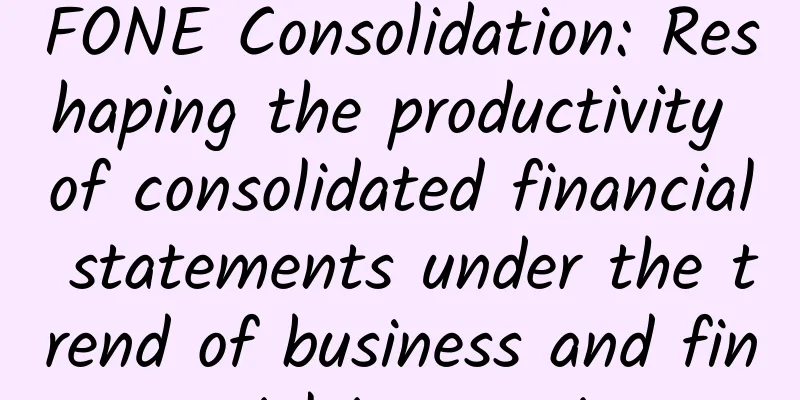How are 5G charges calculated: This is what the operators say. Are you willing to pay more?
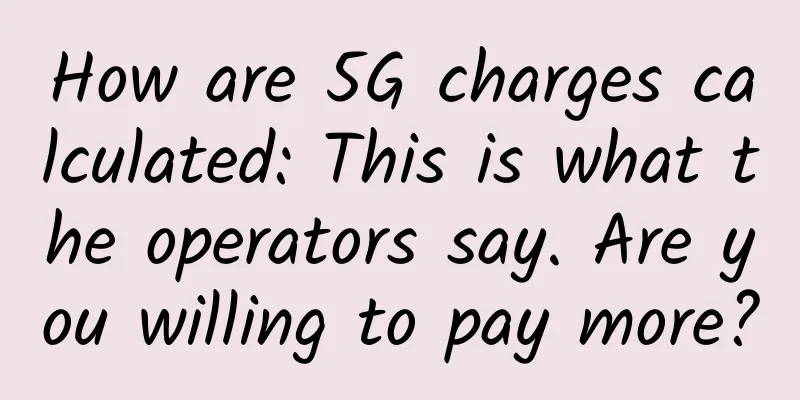
|
An operator insider confirmed to IT Times, "For consumers, the 5G billing model will not change much. If it does change, in the future, the maximum traffic billing unit M may be eliminated, and GB will become the new unit of traffic billing."
5G Today After China issued 5G licenses, more than one billion communication users across the country are concerned about how "expensive" 5G is. At the same time, companies in industries such as industrial Internet of Things, smart cities, and smart transportation are also very concerned about how the enterprise version of 5G will be charged. "IT Times" exclusively reports on the current status and future of 5G billing and rates. Xiaoyan, who works in Shanghai, upgraded her communication package these days. After the upgrade, she spends 199 yuan a month, gets a 1000M broadband, plus 2000 minutes of talk time, and her monthly traffic doubles from 40GB to 80GB. Xiaoyan's upgrade was completely free, provided that her current package was bundled with the corresponding telecom operator for another year, which Xiaoyan thought was a good deal. She was using the most expensive communication package in China, but on average, the communication fee per person per month was only 30 or 40 yuan, because Xiaoyan's package was shared by her husband, grandmother, younger brother and other family members in addition to herself. By saving a cup of internet-famous milk tea, you can use the best domestic communication package. After the upgrade, Xiaoyan no longer has to worry about her husband and brother bingeing on Douyin, Kuaishou, and playing games. "When it was 40GB, I always had to be frugal and save money; 80GB is finally enough." As the timetable approaches the door of large-scale commercial use of 5G, the traffic figures provided in the super-large traffic packages of various operators have begun to increase unconsciously. Take the figure of 80GB for example, the entry-level traffic scale of 5G packages is gradually approaching. In South Korea, the minimum starting traffic value of mainstream 5G packages is 150GB. Let's do a small survey first. Are you willing to pay more for 5G packages? It is not difficult to guess that ordinary communication users are almost unlikely to be willing to pay too much more for 5G package fees. However, if the existing users' 4G packages are upgraded to 5G packages, the benefits obtained by the three major operators will be very limited. Compared with the tens of billions and hundreds of billions of costs that the three major operators have already invested and will invest in 5G construction, it is really a drop in the bucket and not even enough to fill the gaps between teeth! So, the question is, from the perspective of charging and billing, the three major operators are all commercially operated enterprises. How can they better recover their investment costs and allow 5G to play its role in increasing revenue? More importantly, how much do operators plan to charge individual and household consumers for 5G? Or, will enterprises buy into the growth of 5G revenue, if they rely more on the enterprise market? How to collect this money? Next, let’s take a look at how the three major operators plan 5G tariffs. According to IT Times, the three operators have made reserve research plans for 5G tariff setting. China Unicom's initial plan is that for the consumer market, the 5G charging model will be both a continuation and an innovation of 4G products. Traffic is one of the important factors to be considered, and new charging models will be studied based on the technical characteristics of 5G services. For the government and corporate customer markets, 5G services will be more personalized and scenario-based in combination with network construction. According to customer needs, a diversified charging model based on scenarios will be launched. China Mobile's 5G packages will have the characteristics of "two no and one more", no need to change cards, no need to change numbers, and more applications, allowing customers to freely choose and freely combine. The 5G test unified package announced by China Mobile includes 200G of traffic, 1,000 minutes of voice calls and 100 free text messages. Although 200G of traffic is very attractive, ordinary users have no channels to apply for it, and the time for application is uncertain. "China Telecom is designing 5G packages. The current 5G is based on the NSA network, and the speed is still increased on the 4G core network. It is not difficult and is generally controllable. Although some foreign countries have already achieved 5G commercial use, there is little reference value for it." An insider of China Telecom told the IT Times reporter. At this point, some people may still be confused. After saying so much, how is the billing for ordinary consumers? The IT Times summarized this as follows: Although some foreign operators have launched 5G packages and some domestic operators have also launched 5G test packages, because the 5G networks currently built are all NSA models and still use the 4G core network, the 4G model is still the main billing model. In other words, the billing model for individual consumers in the early stage of 5G is almost the same as that in the 4G era. We will still receive similar bills every month. The amount of traffic used each month is still the main criterion for measuring communication charges. Next, a logical question is, will 5G charges be "very expensive"? The person in charge of the telecom operator explained to IT Times that, for example, some US operators previously provided fixed wireless 5G services, using 5G to replace fiber-to-the-home to provide Internet access services to home users. This approach is not applicable to China because China's fiber-to-the-home level is much higher than that of the United States. In South Korea, the starting price of the 5G package launched by operators is 244 yuan. Although LGU+ is more affordable than the other two, the monthly rent is as high as 421 yuan. "The Ministry of Industry and Information Technology is still pushing for speed increases and fee reductions this year. Under such circumstances, China's 5G should be cheaper than 4G," said the above-mentioned telecom person. China Telecom will launch tariff packages with 5G features to meet users' high-traffic and multi-level needs in a timely manner, depending on the network construction and maturity of the industrial chain, and provide users with 5G information services that are "usable, affordable and easy to use." For example, Zhang Yunyong, a member of the National Committee of the Chinese People's Political Consultative Conference and president of China Unicom Research Institute, said a few days ago: "5G mobile phone charges will only gradually become cheaper than 4G, and will not be more expensive than 4G." At this time, some smart mobile phone users will say that what the operators often talk about is the reduction in unit traffic charges. For example, the 5G package is 200GB per month. Even if it charges 300-400 yuan/month, the average traffic charge is still decreasing, and such a "reduction" is not what consumers most want to see. In fact, personal communications users can rest assured that in the current highly competitive domestic communications market, the three major operators have actually reached a consensus that 5G tariffs will not exceed consumers' expectations and may be affordable for ordinary consumers. "At present, the 5G test package promoted by China Mobile allows everyone to experience the speed of 5G based on 4G. This is definitely not the 5G package of the future." In the view of telecom analyst Fu Liang, for individual users, 5G tariff packages may take two forms: one is to continue to use the previous 4G tariff package and convert the traffic in the package into 5G traffic; the other is for users to continue to use the current 4G tariff package, and on this basis, some 5G traffic will be given away. Some senior executives of operators also stated that the future 5G traffic charges are expected to be around 10 yuan/10GB, or even lower. An operator insider confirmed to IT Times, "For consumers, the 5G billing model will not change much. If it does change, in the future, the maximum traffic billing unit M may be eliminated, and GB will become the new unit of traffic billing." Maybe in the near future, you will have to pay for your data traffic by Gigabyte! After talking about individual consumers, let's talk about corporate users. Perhaps many people are indifferent to this, thinking that companies are often rich and willful, so what's the big deal about paying more for communication fees? In fact, the survival situation of many enterprises is not much better than that of the migrant workers in Beijing and Shanghai. Communication costs are also an important part of the daily operating expenses of enterprises, especially Internet and technology enterprises. Based on the principle of saving as much as possible, enterprises around the world are staring at telecom operators: "How do you collect money for 5G?" What is certain is that on the enterprise side, the future 5G billing model will be quite different from the current 4G billing model. It will no longer be billed based on the single dimension of traffic usage. Latency, connection volume, speed, etc. will all be factors considered when billing. How to design 5G tariff packages? What is the 5G billing model? The keyword commonly mentioned by operators is "multi-dimensional". Chairman Yang Jie of China Mobile once said that the 4G charging model, which mainly charges based on a single dimension of traffic, should be changed to provide multi-dimensional, multi-dimensional and multi-mode billing, so as to promote the application of 5G in a wider range and more fields in all aspects. Liu Guiqing, deputy general manager of China Telecom, also pointed out that 5G packages will be different from 4G. 5G packages will provide multi-dimensional and multi-level billing models based on different application scenarios and different user needs. In the 2G/3G/4G era, billing was based on traffic usage, but in the 5G era, not only usage, but also connection volume, latency level, speed level, etc. may become the measurement criteria. "In the 5G era, multi-dimensional billing has become a demand. The key is how to perform differentiated billing for different scenarios, enrich pricing factors with dimensional definitions, and achieve the final tariff definition and package definition through the combination of pricing factors. The easiest dimension to achieve in the early stage of 5G is rate." AsiaInfo is the largest telecommunications solution provider in China. For 5G billing, AsiaInfo and the three major operators are doing relevant planning work and system support solutions. Qiao Wen, product manager and architect of AsiaInfo's billing product line, told the IT Times reporter that the network structure and access protocol requirements of 4G and 5G are different, which means that the billing requirements brought by the new technical features of 5G are also different. Here comes the knowledge point. The core feature of enterprise-level 5G billing is one word - multi-dimensional. What exactly is multi-dimensional? If we search the word dimension on Baidu: it refers to the length of time (seconds, minutes, hours), the size of mass (g, kg), the speed (Km/h, m/s), etc., which are all dimensions. They reflect the measurement of specific physical quantities and physical phenomena, and are usually expressed in units of physical quantities in physics or calculations. According to this definition, dimension is also a measurement, which is the measurement of length, size, speed, strength, etc. According to this definition, for resource types (duration/flow/number of times), they are all time and quality (flow part), so 5G is coming to expand the dimension, such as rate, delay, quality, we can extend: connection volume/capacity; and so on; in addition, from the perspective of the communications industry, we look at the dimensions, that is, the fragmented scenarios, what do we use to measure; the big ones are dimensions (QBC-type dimensions, such as QoS parameters; FBC-type dimensions (location, content, etc.) slice-type dimensions (slice type/capacity/number of connections/SLA service level) can be opened (API/cloud resources) The above is only the industry’s understanding of 5G billing from a multi-dimensional perspective. The rationality of the division still needs to be discussed with operator customers and network integrators. Some operators have also proposed the idea of defining a billing system based on the three major 5G scenarios. The 5G standards organization 3GPP has defined three major scenarios for 5G, namely eMBB (enhanced mobile broadband), mMTC (massive machine-type communications) and URLLC (ultra-reliable low-latency communications). "Billing can be based on three major characteristics. For example, one pipe has high speed and the other pipe has low latency or massive links, which will not make the entire system too large." The above-mentioned China Telecom insider told the IT Times reporter. Qiao Wenzhe told reporters that under the new 5G network architecture, edge computing technology is introduced on the C-end to provide users with a better experience, and slicing technology is introduced on the B-end to provide more differentiated services. Both C-end and B-end users are more fragmented and scenario-based under the new 5G network architecture. In addition, the objects of 5G billing and settlement will be more subdivided. At present, the main billing objects of 4G are still for C-end users, and the support of some IoT services is also to support 2B services in a 2C mode. In the 5G era, operators will shift from supporting 2C to supporting 2B, and the changes will be very obvious. Qiao Wen explained to reporters that traffic billing in the 4G era is resource-based billing, such as duration, traffic, and number of times. Even content billing under 4G is to transform the content services used into resource-based billing, which is the embodiment of primary value and emphasizes content. After the arrival of 5G, this model has been extended to add differentiated services under resource-based billing. Even if the industry proposes a solution, the future 5G billing model still faces various uncertainties. The 3GPP specifications are still evolving, and the completion time of the R16 standard is also delayed, which will bring uncertainty to the formulation of the billing model. "For 5G billing, we have proposed three stages. The first is the access stage, where the billing model is mainly based on the 4G model, supporting large-unit billing, rate billing, etc. The second is the slicing stage, which truly empowers vertical industries. The third is the capability opening stage, which will be put on the agenda as the SA network architecture matures, and it will solve ecological billing or network leasing, resource leasing billing, etc." said Qiao Wen. "The biggest innovation in the 5G billing model is how to charge based on scenarios and how to transform public services into differentiated services." For corporate users, traffic billing may become a thing of the past in the 5G era. |
<<: Monaco becomes the first country to have full 5G coverage, supported by Huawei technology
>>: The latest Redis unauthorized access vulnerability, how to protect Redis security?
Recommend
LOCVPS: Los Angeles VPS 40% off, 1G memory, 30G hard disk, 400GB monthly traffic starting from 22.2 yuan per month
LOCVPS is a Chinese VPS service provider founded ...
Tudcloud: Hong Kong VPS with 20% off for monthly payment and 30% off for half-year payment, with options of large bandwidth or unlimited traffic
Tudcloud has released a year-end discount, offeri...
Are you ready for 5G? Five new applications you'll see
Earlier this year, an article wrote: 5G will tran...
How to build a faster fiber optic network infrastructure?
Fiber optic network infrastructure is the backbon...
The current status of 5G and new initiatives of the three major telecommunications operators
After entering 2021, the movement of 5G construct...
RackNerd: $20.88/year KVM-2GB/40GB/5TB/Los Angeles data center
RackNerd has launched two more FLASH SALE package...
It has become an industry consensus that multi-antenna technology is an important evolution direction of LTE
At the beginning of 2017, multi-antenna technolog...
How to Evaluate DCIM Tools for the Modern Data Center
There are almost too many data center infrastruct...
An article to understand the wireless connection technology eMTC of the Internet of Things
In 2002, digital communication redefined the tele...
Why do we need NQA? What is NQA? This article will tell you!
Network Quality Analysis (NQA) is a real-time net...
The Internet is like this: Network optimization practice for quick payment transaction scenarios
introduction In recent years, with the developmen...
Explain the five major network concepts in a vivid and interesting way
The update of 5G technology has promoted the deve...
EuroCloud: Los Angeles CN2 GIA/AS9929 30% off from $3.5/month, Hong Kong CN2 VPS 40% off from $3/month
Eurocloud has launched a July promotion, offering...
How do operators’ mountaineering teams climb “5G+Industrial Internet”?
Industry is the foundation of a country and the m...
CAN bus: operating principle, advantages and disadvantages
The CAN bus was originally designed by Bosch in t...
